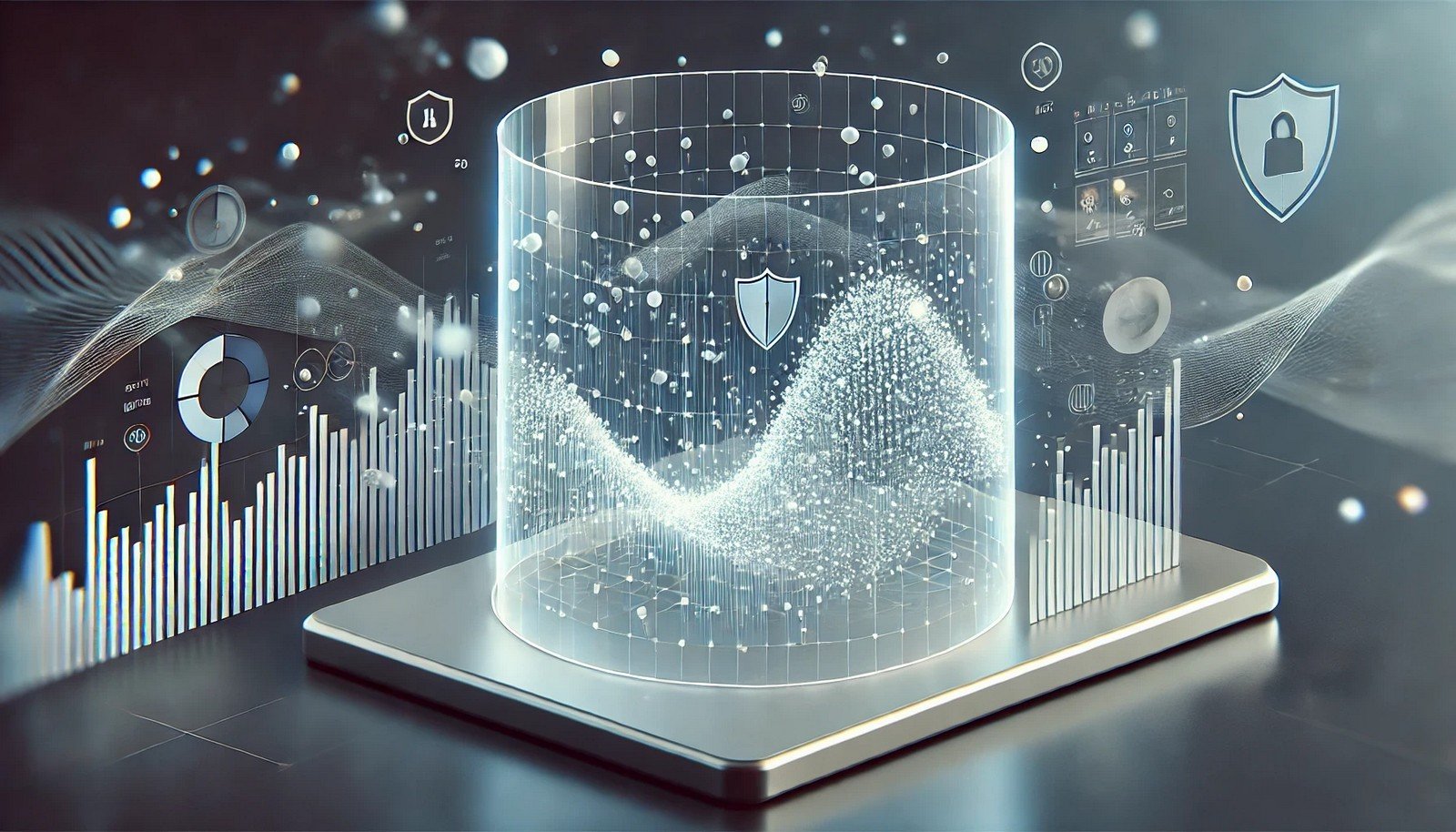Differential Privacy

Quick Navigation:
- Differential Privacy Definition
- Differential Privacy Explained Easy
- Differential Privacy Origin
- Differential Privacy Etymology
- Differential Privacy Usage Trends
- Differential Privacy Usage
- Differential Privacy Examples in Context
- Differential Privacy FAQ
- Differential Privacy Related Words
Differential Privacy Definition
Differential privacy is a privacy-preserving technique in data science and AI that ensures the protection of individual data entries within a dataset. By introducing statistical noise, differential privacy allows the extraction of valuable insights from data without revealing specific details about individuals. It has applications in sensitive areas like healthcare, where personal data must remain confidential. Key techniques in differential privacy include randomized response and Laplace mechanisms, which prevent data leakage while maintaining dataset utility.
Differential Privacy Explained Easy
Imagine a classroom where students’ scores are added to create a class average, but some random numbers are mixed in so no one can tell what any one student got. Differential privacy is like that — it keeps individual answers safe while still showing what the whole class did.
Differential Privacy Origin
The concept of differential privacy was developed in response to growing concerns about data security and individual privacy in the early 21st century, especially as large datasets became more common. It emerged as a response to the need for privacy standards that protect personal data.
Differential Privacy Etymology
The term “differential privacy” stems from the statistical approach of introducing a difference (or “noise”) into data queries, ensuring that individual data points cannot be directly traced back.
Differential Privacy Usage Trends
Differential privacy has gained traction in government, healthcare, and technology sectors due to increased data privacy regulations like GDPR. This approach to privacy has become especially relevant with the rise of machine learning, as it allows organizations to train AI models on personal data securely.
Differential Privacy Usage
- Formal/Technical Tagging:
- Data Privacy
- Machine Learning
- AI Ethics - Typical Collocations:
- "differential privacy model"
- "privacy-preserving AI"
- "data anonymization technique"
- "differential privacy mechanism"
Differential Privacy Examples in Context
- Differential privacy algorithms ensure that no individual’s health data can be identified within large medical studies.
- Many tech companies use differential privacy to collect user data without violating personal privacy.
- Differential privacy methods allow government agencies to publish public data without compromising individual security.
Differential Privacy FAQ
- What is differential privacy?
Differential privacy is a technique that protects individual data entries by adding random noise to datasets, safeguarding personal information. - Why is differential privacy important?
It enables organizations to analyze data while keeping individual information secure, crucial for ethical data handling. - How does differential privacy differ from other privacy techniques?
Differential privacy focuses on adding statistical noise, unlike traditional anonymization, which removes identifiable data points. - Where is differential privacy used?
It’s used in sectors like healthcare, finance, and technology to ensure data privacy during analysis. - What is a common technique in differential privacy?
The Laplace mechanism, which adds noise from a Laplace distribution, is widely used for privacy protection. - Is differential privacy foolproof?
While highly effective, it must be implemented correctly to prevent data leakage. - How does differential privacy help in AI?
It allows AI models to learn from data without directly accessing individual details. - Does differential privacy comply with GDPR?
Yes, differential privacy techniques align well with GDPR's strict privacy requirements. - What’s the role of noise in differential privacy?
Noise is added to obscure individual data points, preventing re-identification while retaining dataset accuracy. - Can differential privacy be used with small datasets?
Yes, but it’s often more effective with large datasets due to the statistical nature of noise addition.
Differential Privacy Related Words
- Categories/Topics:
- Data Security
- Machine Learning Ethics
- Privacy-Preserving AI
Did you know?
Differential privacy is one of the privacy techniques used by major tech companies in smartphone data collection, allowing them to analyze app usage trends without exposing individual user activities.
PicDictionary.com is an online dictionary in pictures. If you have questions or suggestions, please reach out to us on WhatsApp or Twitter.Authors | Arjun Vishnu | @ArjunAndVishnu

I am Vishnu. I like AI, Linux, Single Board Computers, and Cloud Computing. I create the web & video content, and I also write for popular websites.
My younger brother, Arjun handles image & video editing. Together, we run a YouTube Channel that's focused on reviewing gadgets and explaining technology.



Comments powered by CComment